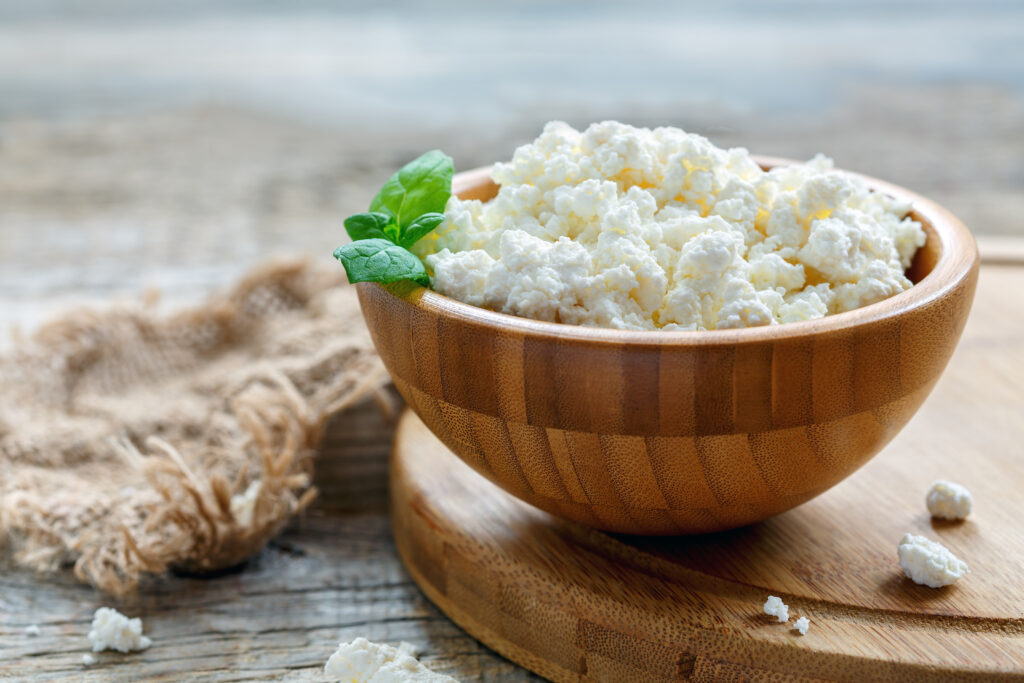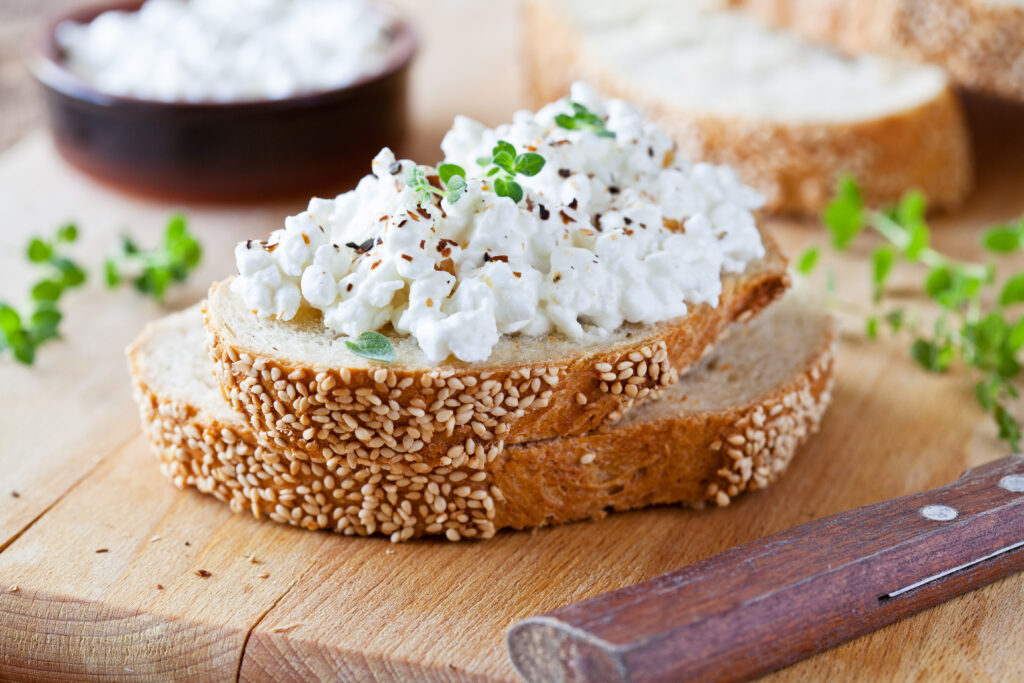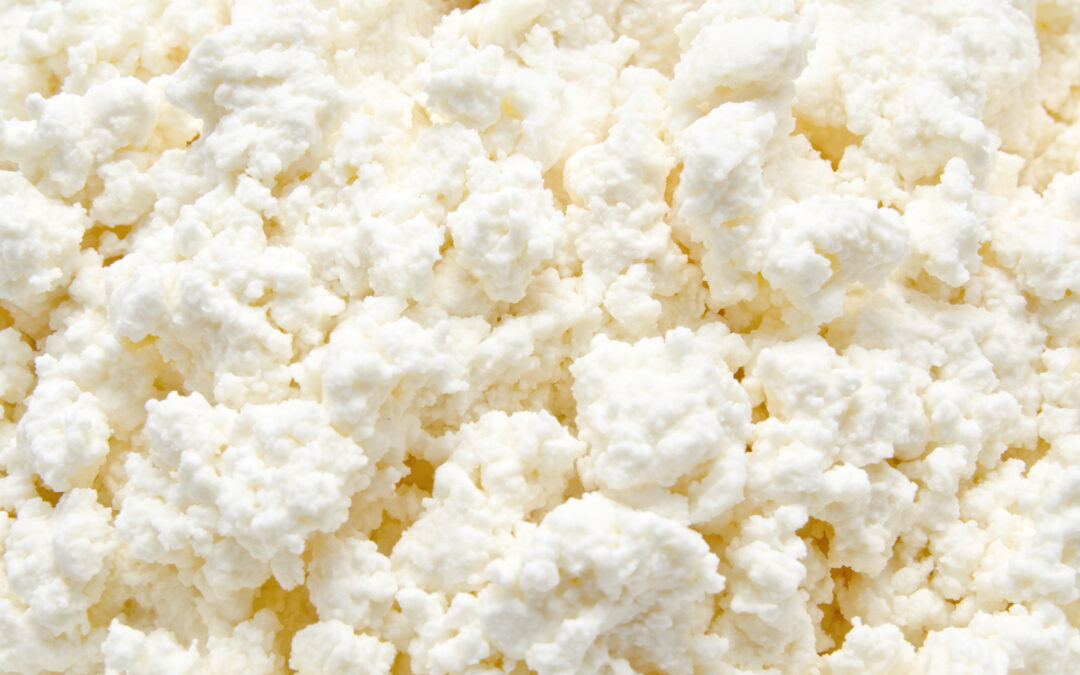Cottage cheese sales jumped 20% year-over-year through mid-2025, with some brands reporting growth over 30%. Producers are maxing out capacity, expanding facilities, and still can’t meet demand. The culprit behind this dairy revolution? TikTok ice cream recipes and the high-protein diet movement. A food that was gathering dust in the back of grocery stores since its 1970s diet-food heyday has become the hottest ingredient of 2025.
The Numbers Don’t Lie
The sustained growth has convinced industry insiders this isn’t a passing fad. Retail sales of cottage cheese grew 20% in the 52 weeks through June 2025, following roughly 17% annual increases in both 2024 and 2023. This marked a dramatic turnaround from 2021, when cottage cheese sales actually fell.
“It is not a fad when you are seeing double-digit growth in both dollars and in volume, quarter over quarter over quarter, for two years,” said one industry executive. Albertsons CEO Susan Morris admitted she had to double-check the numbers because cottage cheese becoming a growth category seemed almost too good to be true.
Organic Valley’s cottage cheese sales grew over 30% in the first half of 2025 compared to the prior year. “Organic Valley Cottage Cheese is selling faster than we can make it,” said marketing manager Andrew Westrich. The co-op’s contract manufacturers are maxed out, actively expanding capacity and adding production shifts to meet rising demand.
Supply Can’t Keep Pace with Demand
The explosive popularity has created spot shortages and a mad scramble to build production capacity. Westby Cooperative Creamery currently makes about 14.5 million pounds of cottage cheese annually. Their orders are exceeding that capacity by at least 30%, not including new inquiries. They’re investing in new cottage cheese vats that should be operational by fall 2026, with customers already pre-committing to additional volume.
Daisy Brand recently broke ground on a new facility in Iowa. Good Culture started working with more manufacturing partners but faces the reality that most existing production facilities are already operating at maximum capacity. The company expects to have significantly more capacity available in early 2026, but for now, cottage cheese fans need patience.

Why Everyone’s Suddenly Eating It
The cottage cheese renaissance stems from multiple converging trends. First, the protein obsession. Cottage cheese packs 14 grams of protein per half-cup serving while staying low in calories and carbs. For people trying to boost protein without loading up on other macros, it’s perfect.
Second, versatility. Traditionally eaten as a snack or paired with fruit, cottage cheese is now appearing in endless recipe variations. It’s replacing ricotta in lasagna, blending into smoothies, becoming pasta sauce, and yes, transforming into ice cream. The texture that once turned people off disappears when blended, opening up countless culinary possibilities.
Third, the health halo. In an era of processed food skepticism, cottage cheese feels wholesome and simple. It aligns with clean eating trends while delivering legitimate nutritional benefits. Add TikTok’s ability to make anything seem aspirational and fun, and you have the perfect storm for a dairy comeback.
The Broader Implications
The cottage cheese boom reveals how quickly social media can reshape entire product categories. What sat neglected in grocery cases for decades became a must-have ingredient in months. It demonstrates the power of creative recipe development in changing perceptions about divisive foods.
It also shows how health trends drive food choices more than ever. The overlap between cottage cheese’s nutritional profile and current diet priorities wasn’t accidental. The product was always high-protein and low-sugar. What changed was cultural priorities catching up to cottage cheese’s existing benefits.


